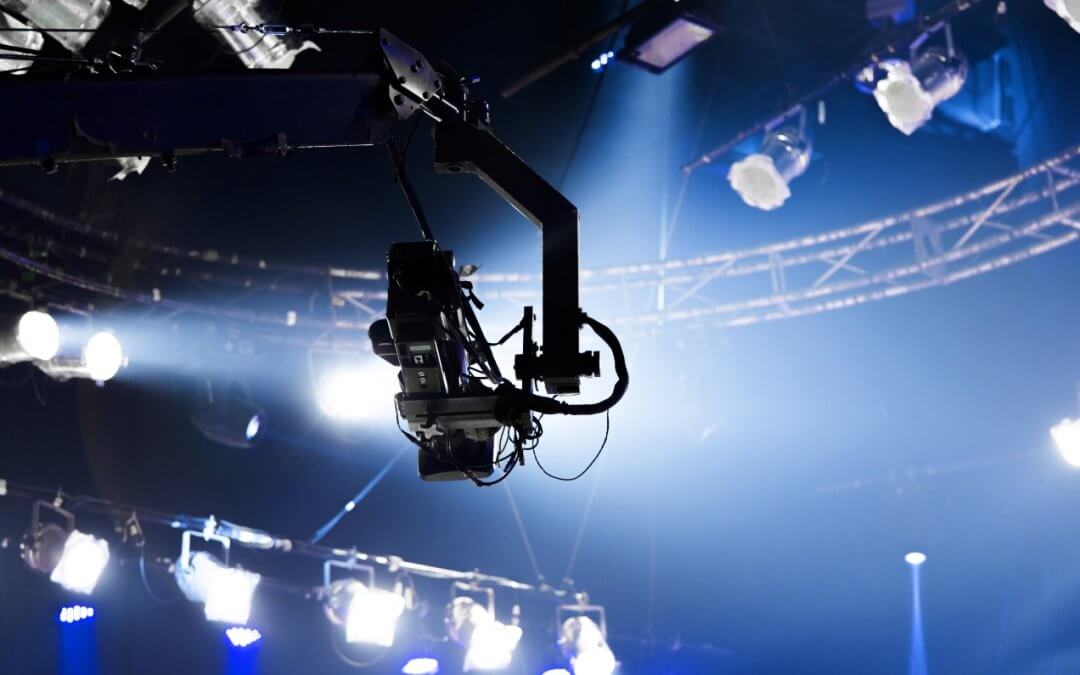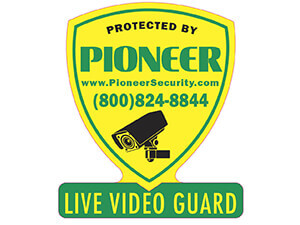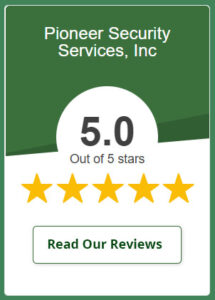Event and venue surveillance is a critical component of modern security for large gatherings, from concerts and sports events to political rallies and corporate conferences. Managing crowds safely while ensuring a positive experience is a complex challenge for organizers. Surveillance systems provide continuous monitoring, detect unusual activity, and enable rapid responses to incidents.
According to the U.S. Department of Health and Human Services, mass gatherings are “soft targets” due to high attendance and limited protective measures. Integrating cameras, AI-driven analytics, and communication tools transforms venues into proactive, secure environments. This blog explores eight ways surveillance enhances protection, including crowd management, crime deterrence, emergency coordination, and compliance.
Improving crowd management and flow
Crowd control remains one of the most critical aspects of venue safety. Poorly managed crowds can lead to chaos, injuries, or even fatal stampedes. Surveillance plays a preventive role by offering real-time visibility of crowd density, movement, and behavior.
- Heat-mapping analytics highlight congested areas, allowing staff to redirect attendees before risks escalate.
- Queue monitoring ensures smoother entry and exit, minimizing frustration and reducing security risks.
- Automated alerts trigger when thresholds for density are exceeded, enabling preemptive action.
What is the most important factor in effective crowd management and flow?
The most important factor is real-time monitoring using surveillance and heat-mapping analytics to detect crowd density and movement. This enables staff to proactively redirect flow, prevent congestion, and trigger alerts before situations escalate, ensuring safety and smooth movement.
The Federal Emergency Management Agency notes that timely monitoring of crowd patterns during evacuations can reduce casualty risks significantly. Events such as sports matches and music festivals increasingly rely on surveillance-driven analytics to track how people move through gates, concourses, and seating areas. Transitioning from manual supervision to system-based oversight ensures efficiency while lowering human error.
Deterring theft, vandalism, and crime
High-traffic venues present opportunities for petty crimes like theft, vandalism, and unauthorized access. A visible network of cameras acts as a strong deterrent while providing investigative support if crimes occur.
- High-definition video feeds enable clear identification of offenders, even in crowded conditions.
- Motion detection systems alert staff to suspicious activities in restricted areas.
- Integration with law enforcement databases accelerates the detection of known offenders.
The Bureau of Justice Statistics reports that proactive surveillance reduces property crime by nearly 30% in public venues. By discouraging malicious activity, venues enhance safety while reinforcing public trust. This not only prevents financial losses but also protects brand reputation for event organizers.
Enhancing emergency response coordination
Emergencies, whether medical incidents, fires, or security breaches, demand rapid, informed decision-making. Surveillance systems serve as a lifeline in crisis management by providing real-time intelligence.
- Video-enabled dispatching ensures first responders receive visual updates en route.
- Thermal and smoke-detection cameras identify hazards earlier than traditional alarms.
- Mobile access for staff ensures decision-makers can coordinate responses instantly.
The National Institute of Standards and Technology highlights how integrated surveillance feeds reduce response times during emergencies, enabling responders to make accurate, life-saving decisions. By offering situational awareness, surveillance transforms how event managers, police, and medical teams collaborate under pressure.
Supporting effective access control systems
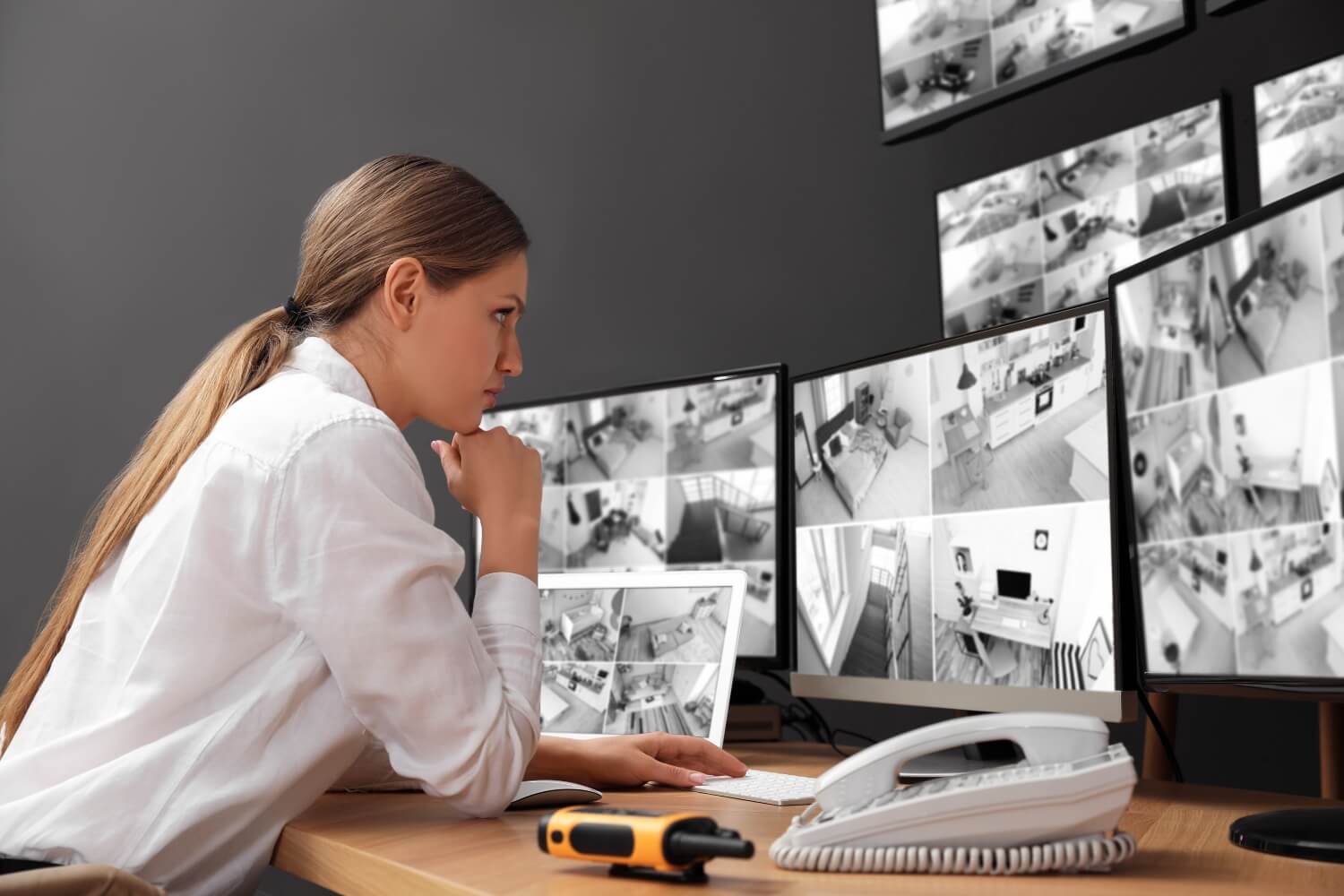
Beyond general monitoring, surveillance works hand in hand with access control systems to safeguard sensitive areas. This prevents unauthorized entry to backstage sections, media booths, control rooms, or VIP zones.
- Video verification ensures that access cards or biometrics match the individual seeking entry.
- AI-driven recognition prevents tailgating, where intruders attempt to slip in with authorized personnel.
- Centralized monitoring tracks all access points in real time.
Research from the National Institute of Justice underscores that surveillance-backed access systems significantly reduce insider threats and unauthorized intrusions in large venues. With thousands of staff and vendors working at events, layered security becomes essential to prevent breaches.
Ensuring public safety and confidence
Safety and perception go hand in hand. Attendees who feel secure are more likely to enjoy events and return in the future. Visible surveillance presence communicates reassurance while analytics-driven systems actively detect and address threats.
- Behavioral analysis software identifies fights or escalating aggression before violence occurs.
- Crowd reassurance comes from the visibility of professional, well-monitored systems.
- Facial recognition, where legally permitted, helps track high-risk individuals.
The Centers for Disease Control and Prevention explains that public safety in mass gatherings directly affects community well-being, as poor security can trigger wider social and economic consequences. Surveillance reassures attendees that organizers prioritize both comfort and safety.
Providing valuable evidence collection
When monitoring an incident, accurate evidence is critical for resolving disputes, prosecuting offenders, and protecting venue operators against liability. Surveillance creates a reliable digital record of activities.
- Timestamped recordings clarify event sequences.
- High-resolution imaging ensures admissibility in court.
- Secure cloud storage prevents tampering or accidental loss.
According to the U.S. Courts, surveillance evidence plays an increasing role in judicial proceedings, ensuring justice and accountability. In addition, insurers often require reliable surveillance evidence to validate claims, which reduces financial burdens for venues after an incident.
Leveraging smart technology integration
Modern surveillance has evolved into a dynamic system powered by artificial intelligence, Internet of Things (IoT) devices, and data-driven analytics. This integration elevates surveillance from passive observation to proactive intervention.
- AI-powered anomaly detection spots unattended baggage or abnormal movements.
- IoT connectivity links surveillance to alarms, lighting, and communication systems.
- Cloud-based monitoring allows centralized oversight across multiple venues.
The National Science Foundation highlights that AI motion detection or surveillance improves efficiency while reducing staffing demands. By shifting to predictive systems, venues can stop incidents before they unfold, setting a higher standard for protection.
Meeting regulatory compliance standards
Legal compliance is as substantial as physical protection. Event surveillance must follow federal, state, and industry standards to safeguard both attendees and their privacy rights.
- Privacy law adherence ensures data is stored and shared responsibly.
- Building code compliance requires monitoring of exits and evacuation routes.
- Industry security frameworks support licensing and insurance eligibility.
The U.S. Government Accountability Office stresses that surveillance policies must balance safety with civil liberties. Responsible use fosters public trust and prevents legal disputes. For organizers, compliance ensures long-term operational viability.
Stronger Events with Smarter Surveillance
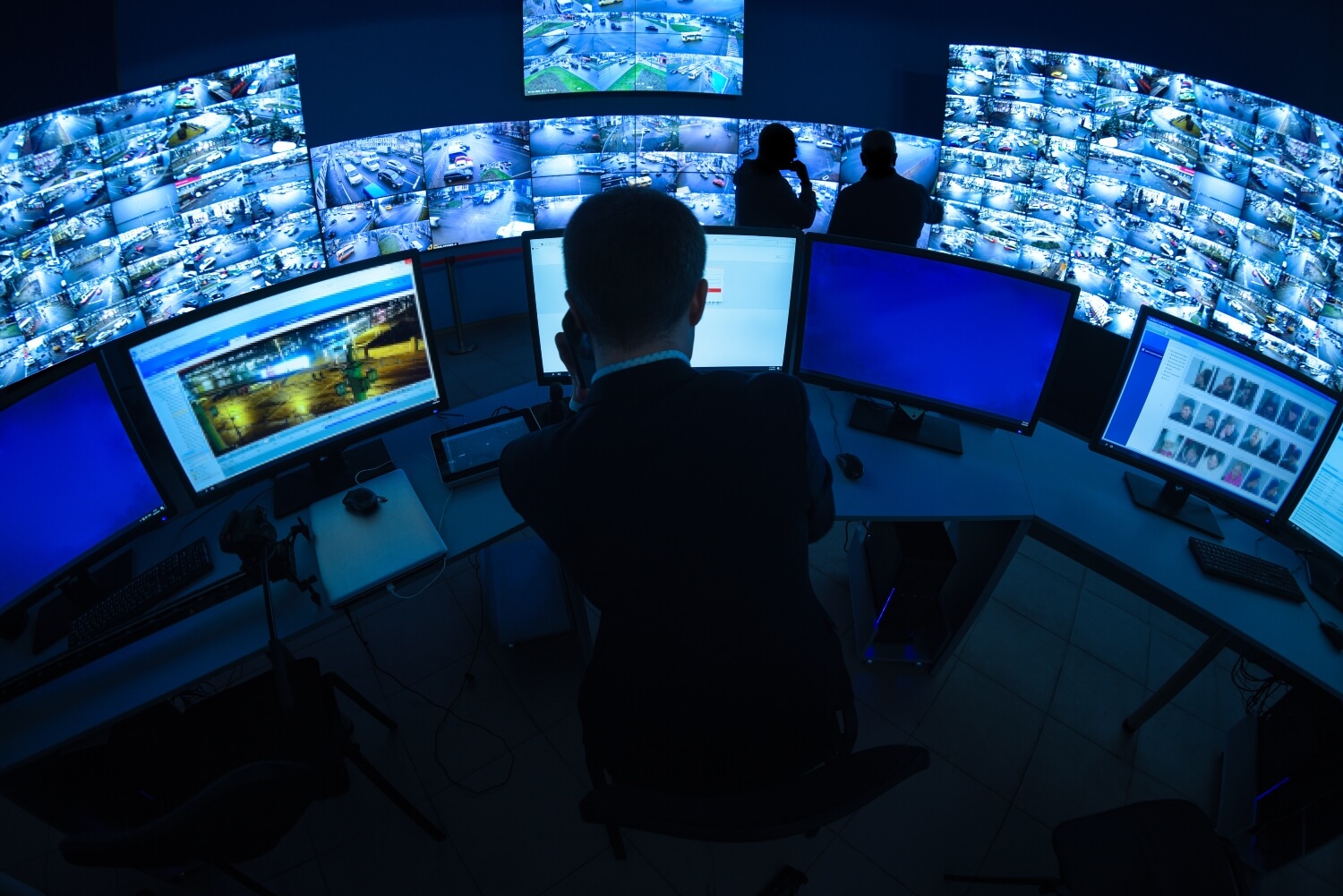
Event and venue surveillance is no longer optional; it has become a fundamental necessity for modern gatherings. By strengthening crowd management, deterring crime, enhancing emergency response, supporting access control, and preserving reliable evidence, surveillance systems establish safer and more resilient venues. The integration of AI, IoT, and cloud-based solutions transforms these systems from reactive tools into proactive safeguards, while strict adherence to regulatory standards ensures transparency and public trust.
For organizers, the advantages extend well beyond security. Robust surveillance fosters attendee confidence, reduces liability risks, and streamlines event operations. As public expectations for safety continue to rise, investing in advanced surveillance systems is not only a security measure but a long-term strategy for operational success and reputation building.
To explore tailored solutions designed for event and venue protection, visit Pioneer Security today.
Frequently Asked Questions
Why is surveillance essential at events and venues?
Surveillance helps manage large crowds, deter crime, and ensure the safety of attendees, staff, and performers.
How do cameras improve crowd control?
Cameras provide real-time visibility, allowing security teams to spot congestion, prevent stampedes, and guide crowd movement effectively.
Can surveillance reduce theft at events?
Yes, visible surveillance deters pickpocketing, equipment theft, and vandalism by increasing accountability and monitoring suspicious behavior.
What role does surveillance play in emergencies?
Surveillance supports faster emergency response by locating threats, guiding evacuations, and assisting first responders with accurate information.
How does surveillance build public trust in venues?
When attendees see strong security measures, they feel safer and more confident, which improves overall event satisfaction.

